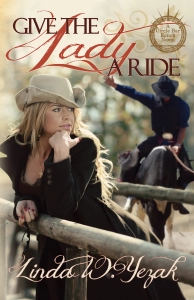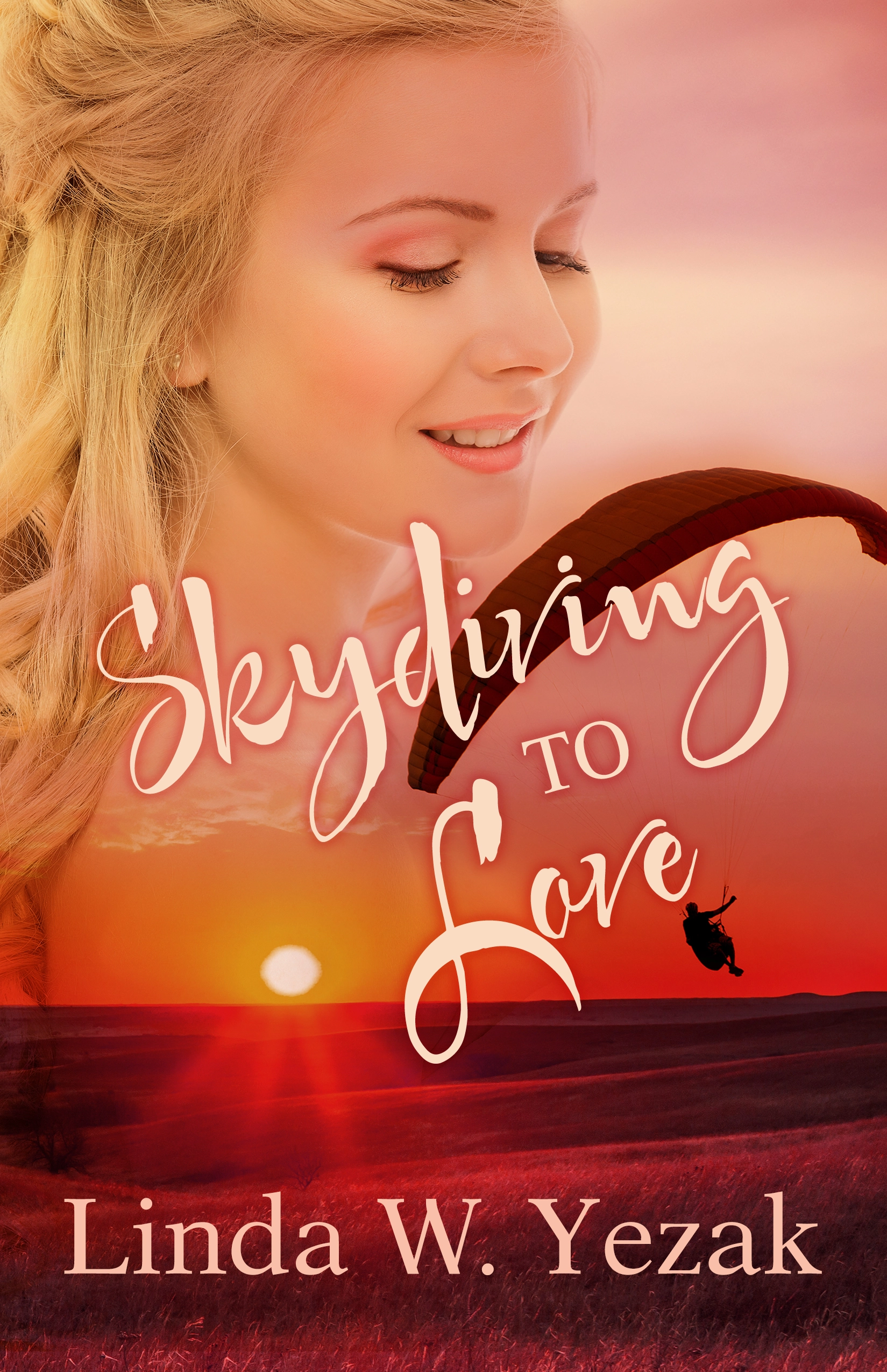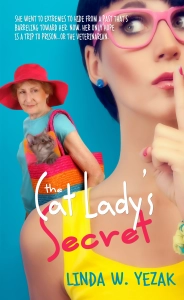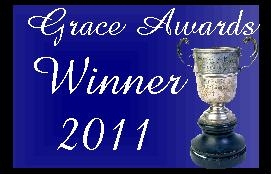 Remember the scene in Tombstone, when Doc Holiday winks at Billy Clanton at the OK Corral? Wyatt Earp says something like, “Aw, hell,” and all hell breaks loose in the scene.
Remember the scene in Tombstone, when Doc Holiday winks at Billy Clanton at the OK Corral? Wyatt Earp says something like, “Aw, hell,” and all hell breaks loose in the scene.
Wyatt, played by Kurt Russel, wasn’t responding to Val Kilmer’s wink—he was responding to Billy Clanton’s reaction. Thomas Haden Church played the role beautifully.
It’s a tense moment. The good guys are armed, ready to take on the bad guys, who aren’t quite ready for them. Doc and the Earps show up to the corral and surprise them, and for a few moments, the bad guys are stunned. Then, the Clantons et al. get their guns and for a few more tense moments, everyone’s staring down everyone else’s barrels. Billy Clanton has fear in his eyes as he glances from one gunman to the next. His fear and uncertainty are legible on his face.
But when Doc winks, his expression shifts. He goes from fear to fury in less than a nano-second, Wyatt says “Aw, hell,” and the fighting begins in earnest.
Watching all this in a movie is one thing, writing it is another. If I could teach my writers anything, it would be how to get emotion in with all that action. One of the reasons movies work so well is because viewers get to see both action and emotion.
The actors of horror films know that the big bad guy coming after them during the shoot isn’t really going to hurt them—they’d just had lunch together, for cryin’ out loud. They’d seen him without all his makeup. They knew the ax he wields is plastic.
But in the movie, they’re supposed to run from him, come up with ways to hide from him, figure out how to take him down. Occasionally they’re supposed to be so close to him they can feel his breath on their skin. All sorts of action going on.
But what grips the audience is the illusion of fear and danger—and that’s presented by the emotion the actors portray, even though they just had lunch with the big ol’ monster. This is “big” acting. It’s obvious. Monster comes after you, you’re scared. You’re wide-eyed and screaming, while the monster is raging at you.
 The Doc Holiday/Billy Clanton scene is subtle acting, delivered in a shift of expression. If you remember Titanic, Leonardo di Caprio portrayed the same thing when “Jack” realized he was destined to save Rose, but not himself.
The Doc Holiday/Billy Clanton scene is subtle acting, delivered in a shift of expression. If you remember Titanic, Leonardo di Caprio portrayed the same thing when “Jack” realized he was destined to save Rose, but not himself.
We could have been left with the idea that he’d found a headboard big enough for Rose to lie on. He got her on it, then battled the waves to try to get on it himself. The headboard tilts, Rose begins to slide off. He treads water for a while. Action, action, action.
But it’s not until the shift in his eyes do we get his reaction, his emotion. It’s not until the shift in Billy Clanton’s eyes that we get reaction and emotion. Emotion is what makes a piece memorable.
I don’t know how many times I’ve said it on this blog, but I’ll say it again: Action is great, but it’s emotion that draws viewers in. Emotion draws readers in. You can have a laundry list of action that may be interesting, but it won’t be engaging. And our job is to engage our readers.
Learn to illustrate emotion, through physical reaction and through mental monologue. Including it in with the action enhances the scene and amps it up. Draw on your own experiences and emotions. If you were going through the exact same thing, how would you respond? Or, draw on what you know about your character. How would he respond? Don’t just write the scene, amp it up with the intangibles that all of us experience.
Similar posts: “Expressions of Pain,” “A Law of Physics–er, Writing“


















Brilliant way to illustrate this point, Linda. It’s the shift in the eyes. Sometimes that tells way more of someone’s thoughts or feeling than any kind of action. Great examples, and thank you for sharing this!
LikeLike
So easy to watch in film, so hard to present in writing! 😀
Glad you liked the article!
LikeLiked by 1 person
Excellent! Those two examples are perfect. I think I will look harder at my current wip…. Thank you, Linda!
LikeLike
Glad you liked this. They’re the best examples of what I wanted to portray that I could come up with!
LikeLiked by 1 person
I’ve watched both films recently, and you’re absolutely right. Not only do the eyes show their emotions, the action of their eyes trigger my emotions.
LikeLike
Absolutely–which is what authors want also, to allow readers to feel the emotions presented by the character. Great point!
LikeLike
He says “Oh my god” not “Aw hell”, I know because whenever someone says “oh my god” now my mind immediately goes to that shootout scene.
Your point about emotions can be much more easily demonstrated in other westerns, such as The Good, The Bad and the Ugly, where the camera focuses on the eyes in confrontations more than anything else. And of course, the emotional music, paramount in the prison camp, really helps sink the action/adventure film deep into our hearts.
LikeLike
You’re right, he says “oh my god.” I didn’t go back and watch the film before writing the post.
LikeLike